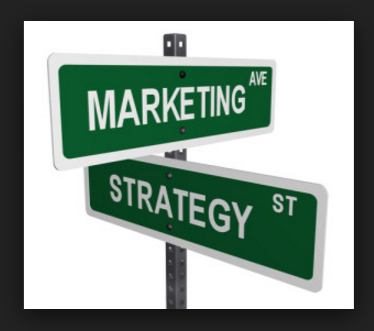Tag: influencer marketing
The Case for 10 Best 2018 Digital Marketing Trends
Many business owners are wondering: what makes digital marketing so important? And what will be the 2018 digital marketing trends? To answer that question, we have to go back to the very definition of digital marketing. It’s the concept of delivering advertising through digital channels. It may be your website, online ads, social media, apps,…

19 Top Marketing Initiatives that Yield the Best Persuasion
It is simple. Marketing is a form of communicating with people to sell them a product or service. However, it’s often a complicated dance of finding new and exciting ways to persuade them. The top marketing initiatives will yield the best persuasion. Not everyone appreciates your efforts to be a remarkable marketer. In fact, most people…
19 Top Marketing Initiatives for the Best Persuasion
It is simple. Marketing is a form of communicating with people to sell them a product or service. However, it’s often a complicated dance of finding new and exciting ways to persuade them. The top marketing initiatives will add to this discussion. In this social-media-dominated world, the conversation is increasingly detail-oriented and high-tech. It’s for this very…